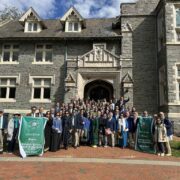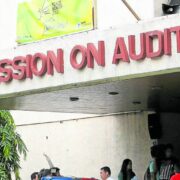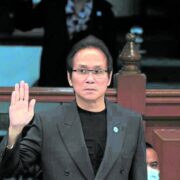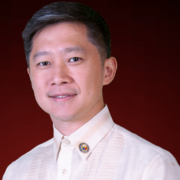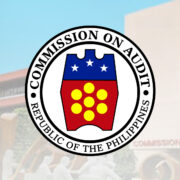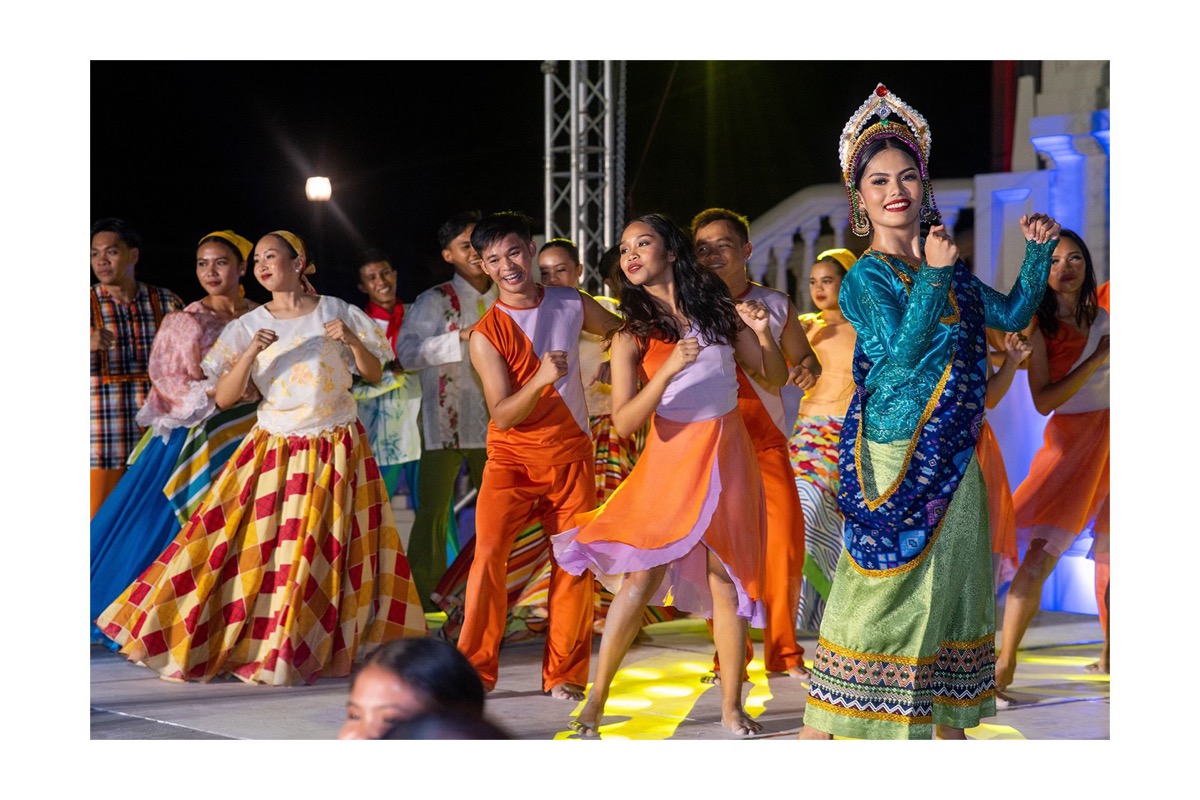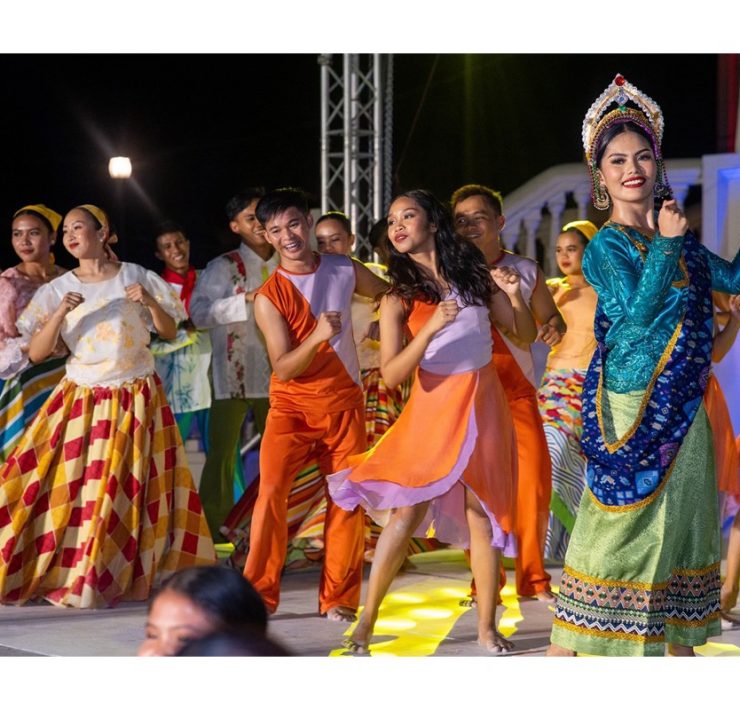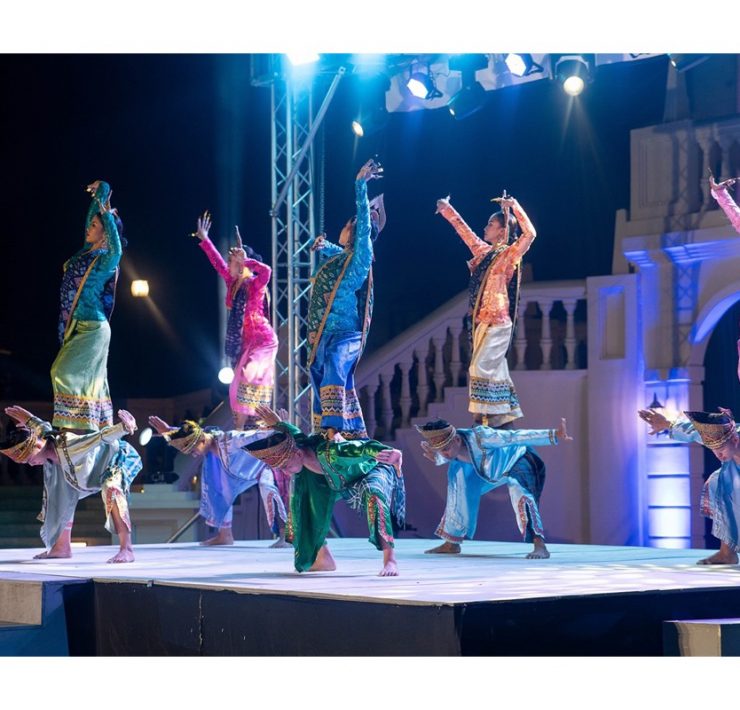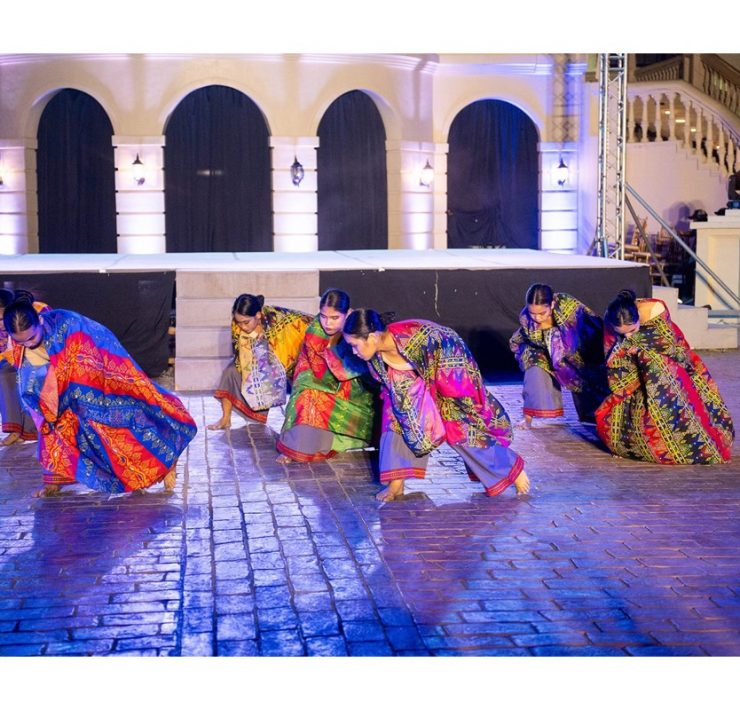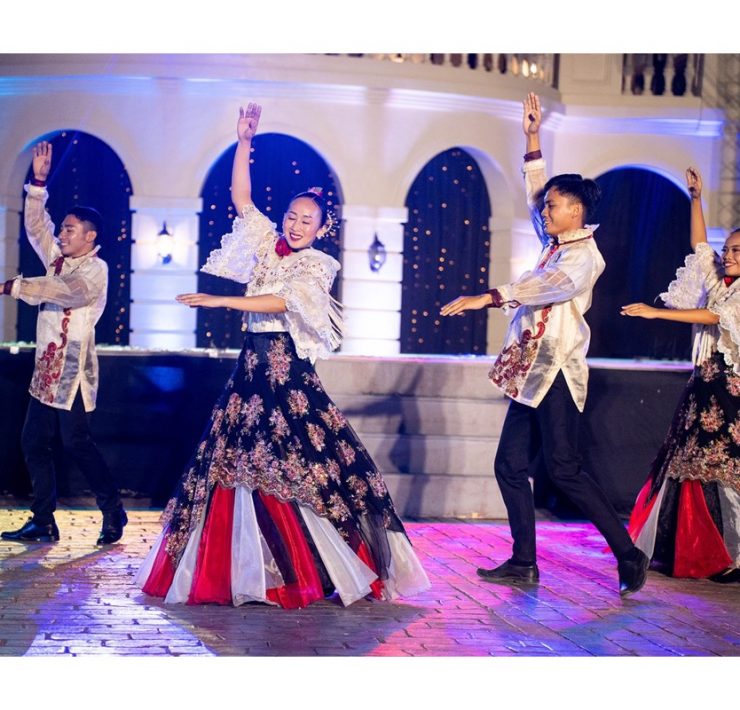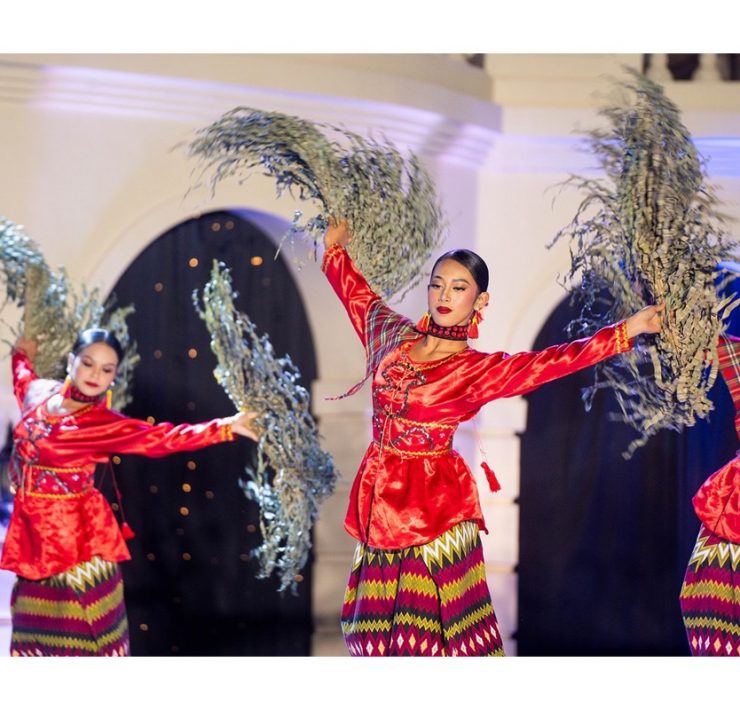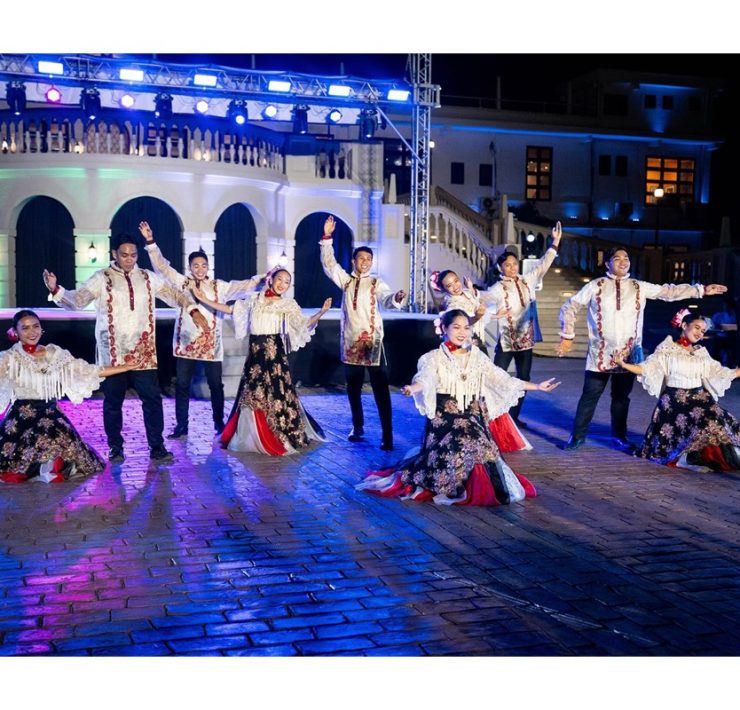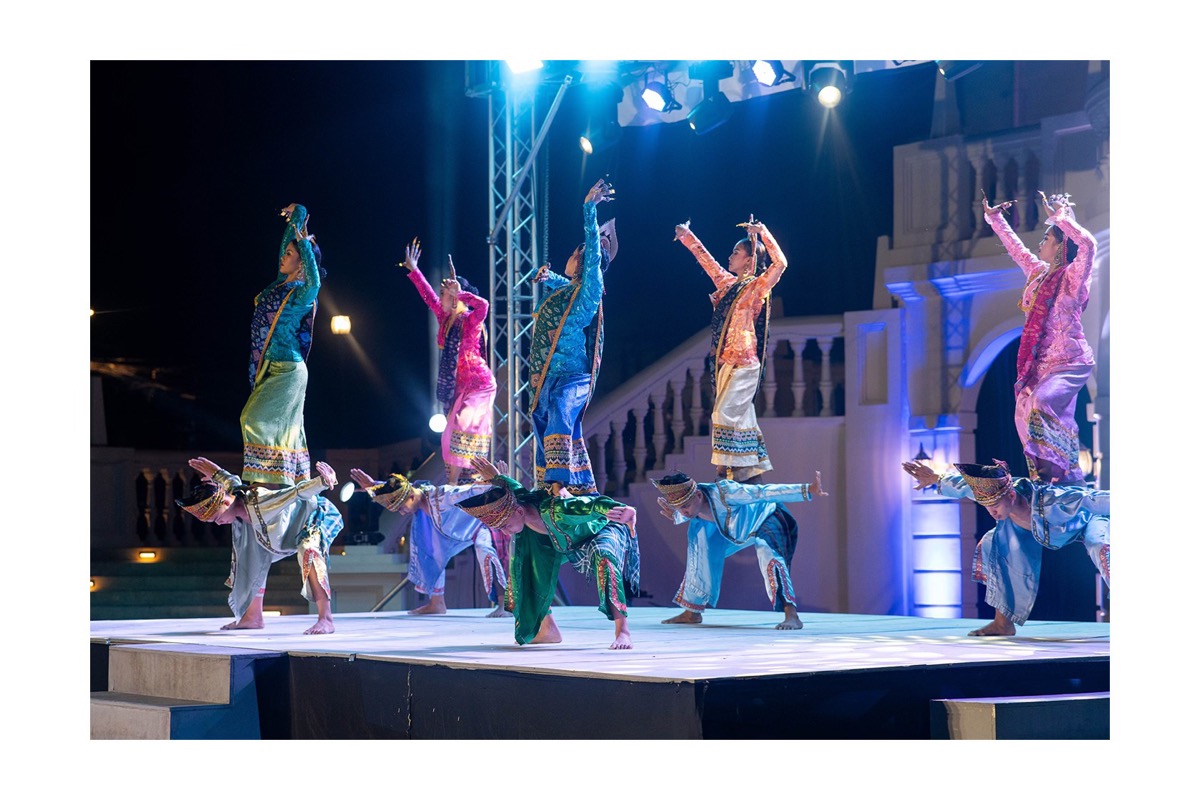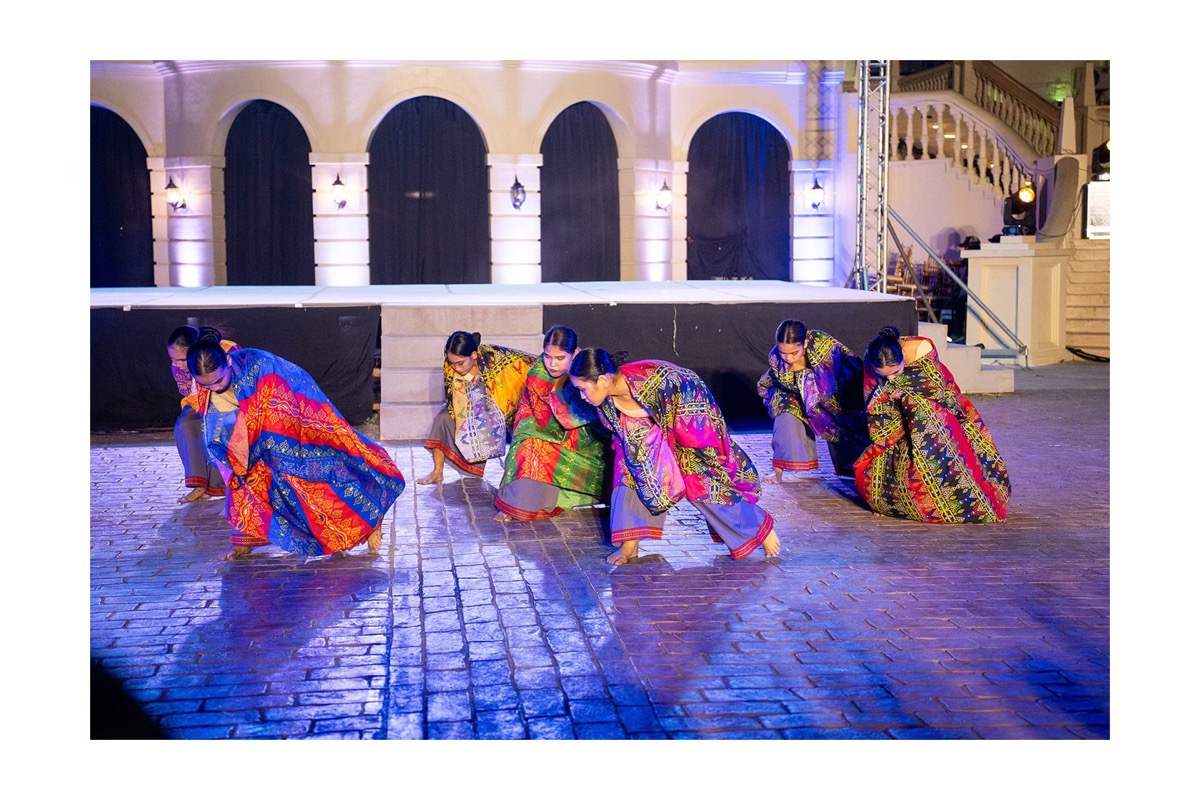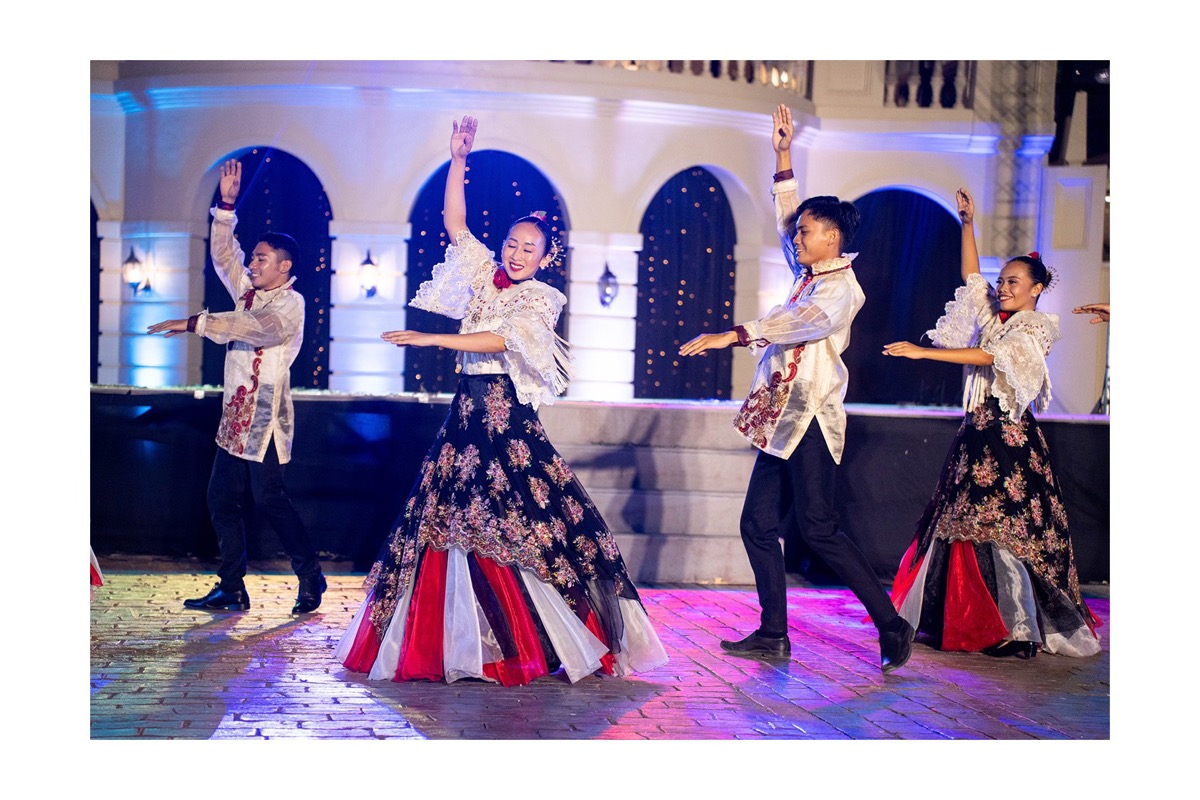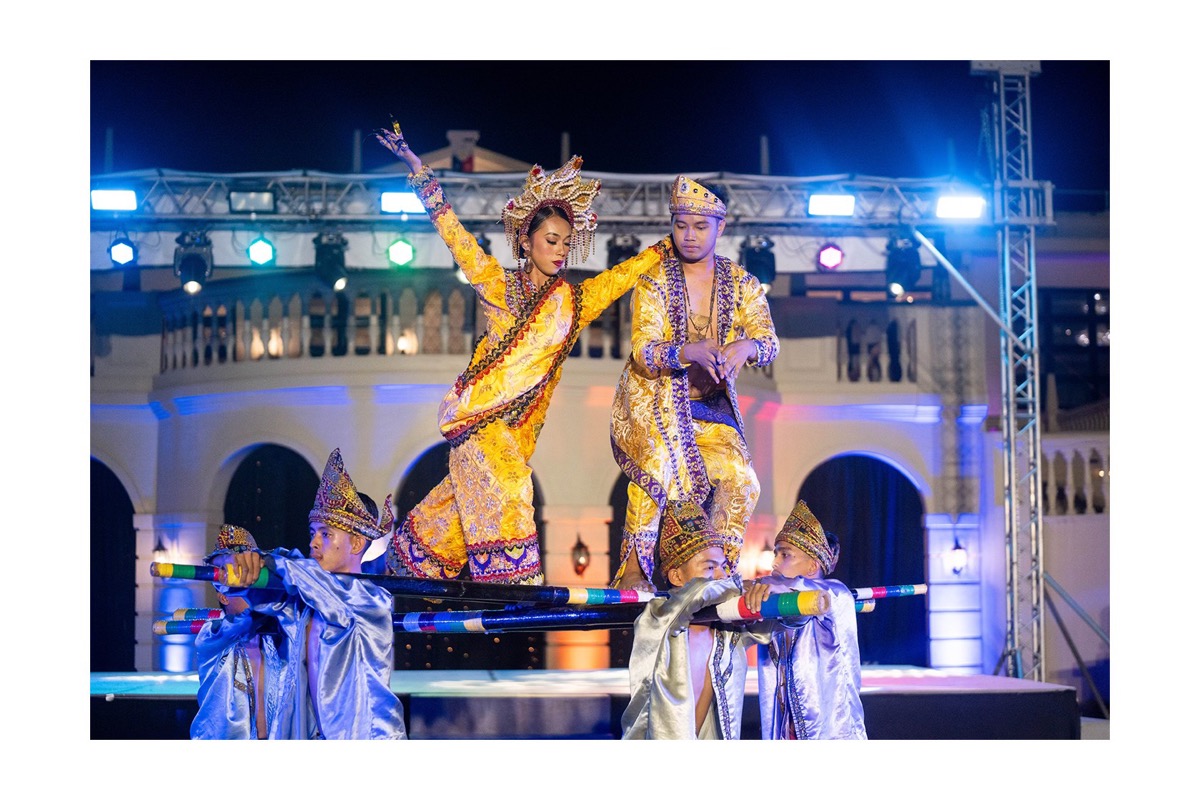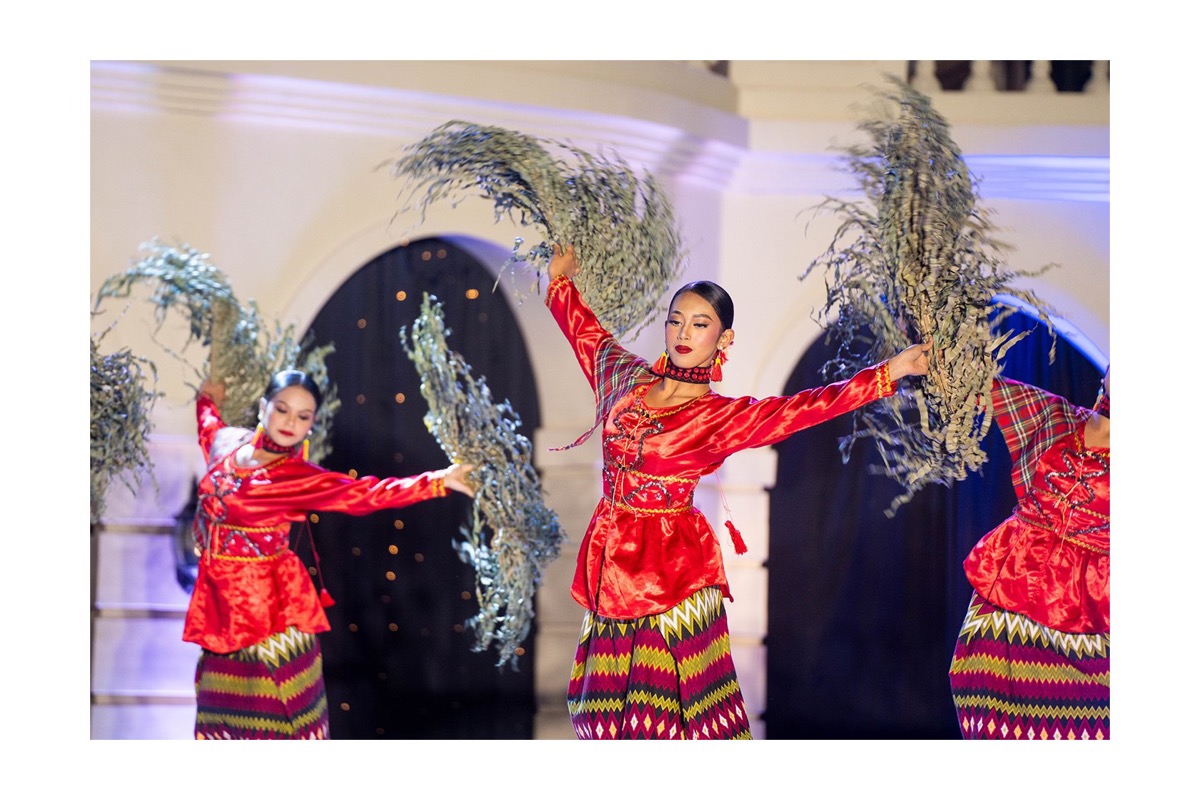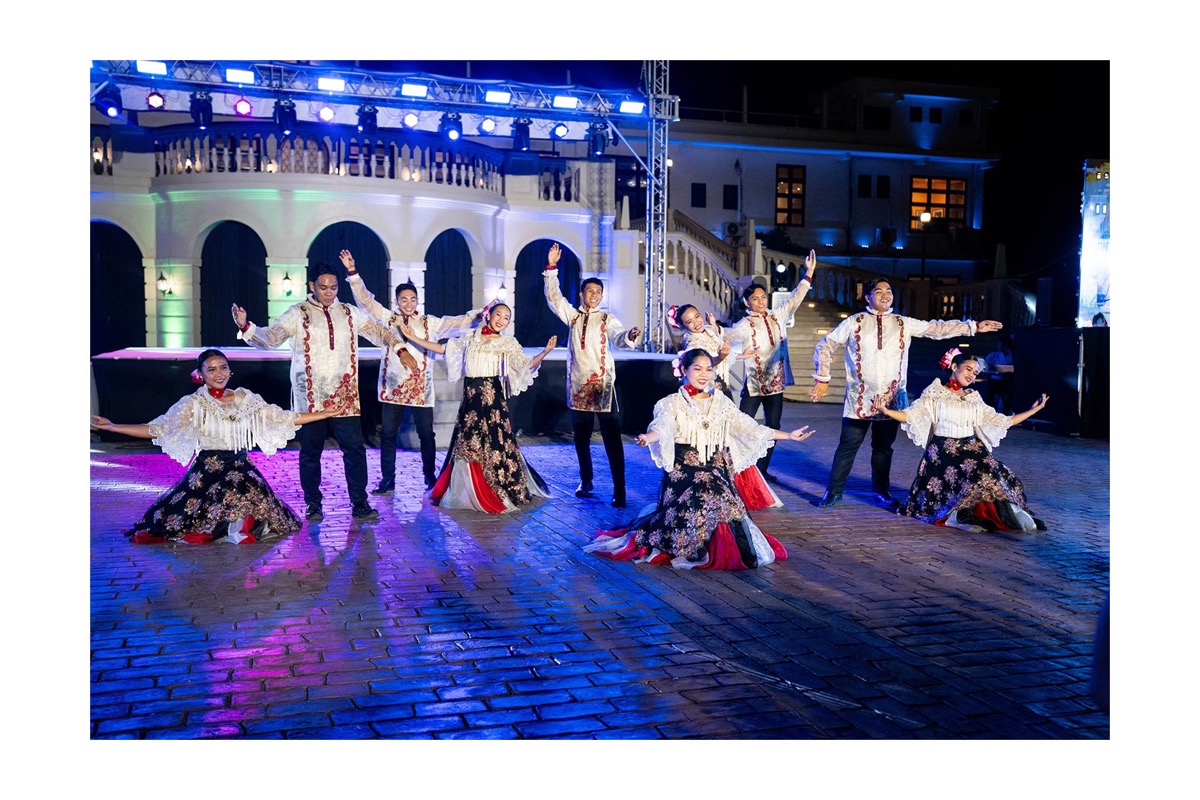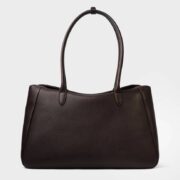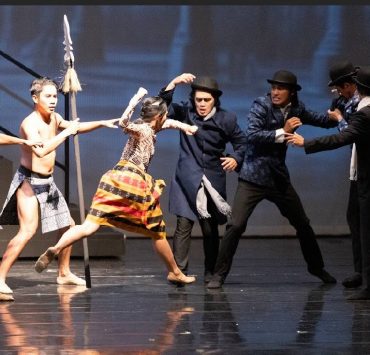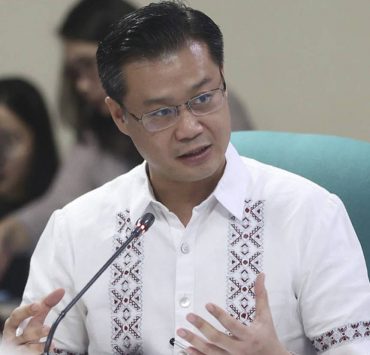Ormoc City, NCCA hold youth-themed arts festival
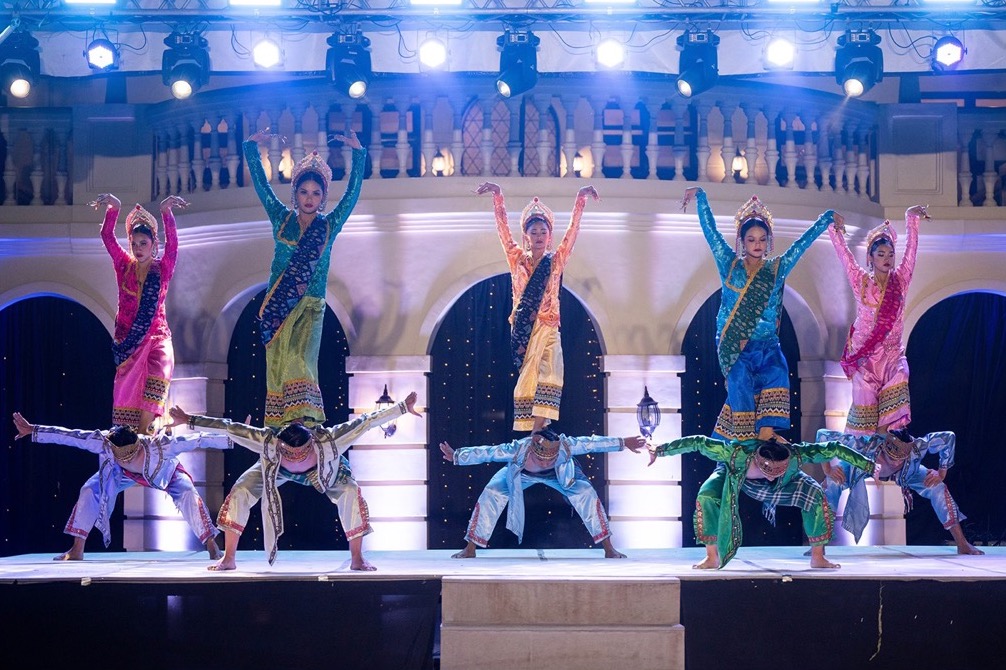
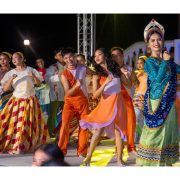
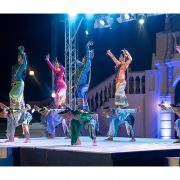
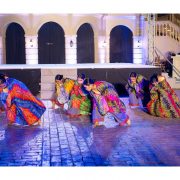
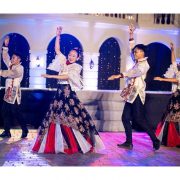 +3
+3 Workshops. Rehearsals. Lectures, demos and performances. The major performing arts—theater, music and dance, from ballet to hip-hop, from Original Pilipino Music (OPM) and the rondalla to Cordillera culture.
This best sums up the recent youth-themed arts festival in Ormoc City, Leyte, a joint undertaking of the city government headed by Mayor Lucy Torres-Gomez and the National Commission for Culture and the Arts (NCCA).
The venues were all over the city—the function hall of the Department of Education (DepEd), City Youth Development Office, STI College, the elevated gym and dancesport studio of the Sports Complex, Ormoc Museum and SM Center Ormoc.The workshop for the dramatic arts (actually more on musical theater) took place at DepEd, and the participants were senior high school students from various schools in the city. They seemed to be just playing around, creating scenarios of their own and clapping rhythmically when a scene was successfully completed.
They sang, danced and chanted, repeatedly rehearsing what seemed to be an assigned song: “Ang aking katawan, gumagalaw, natutuwa, sumasayaw. (My body is happy, moving and dancing).”
“Good, good,” encouraged the teacher. A few other scenes were played out, including one on parental issues. And the results, once polished, were presented the following day before the crowd at SM Center.
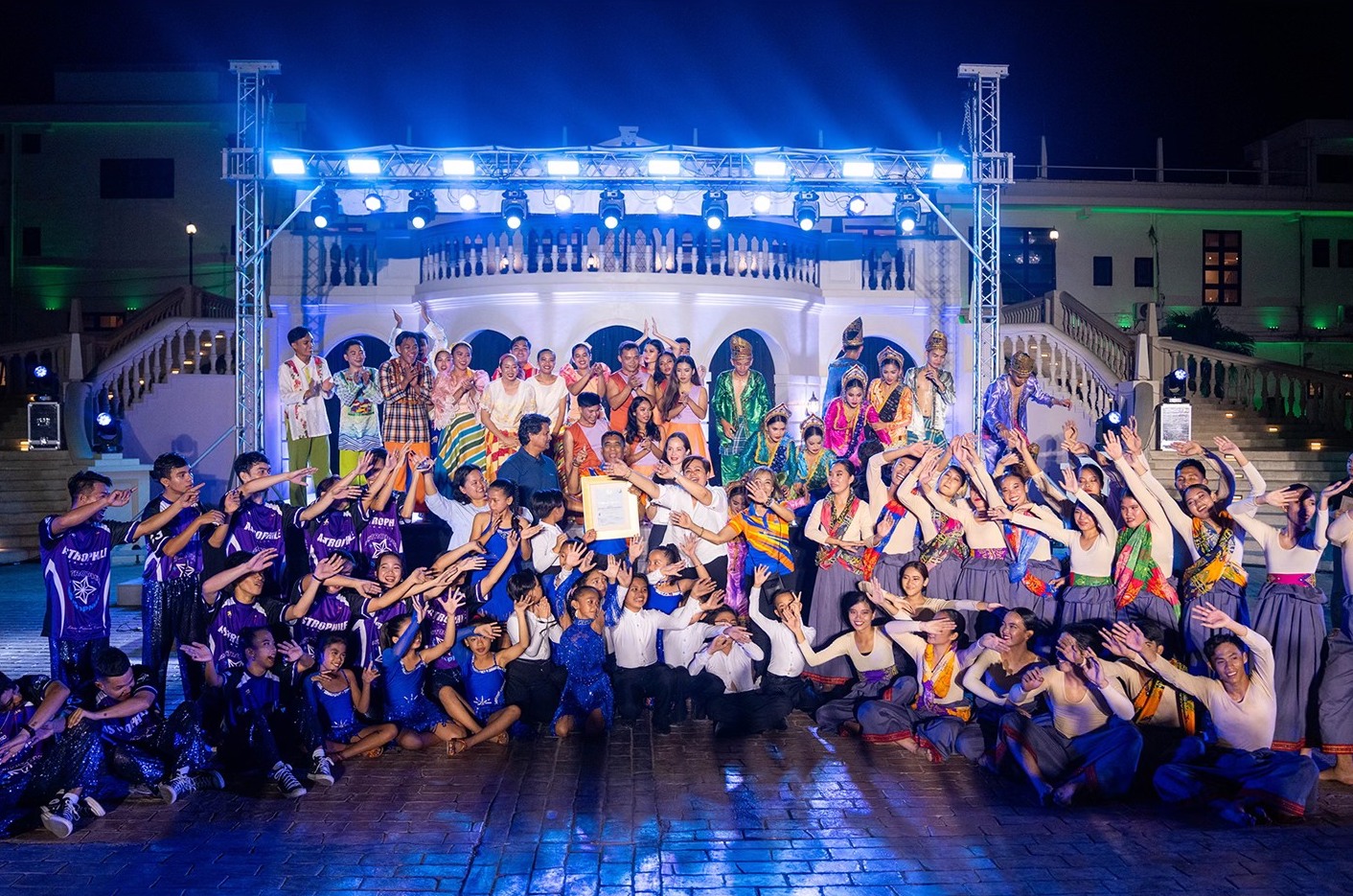
Cordillera music
At the Ormoc Museum, a lecture-demo on Cordillera music was underway. “The inspiration of music comes from natural heritage,” said the lecturer. “Music as cultural heritage is both tangible and intangible. It is an expression of life as a tool of communication, and expression of personal and cultural identity, and of history.”He added, “Cordillera music is communal, a process and a shared reality.” A village elder with two young assistants explained, as well as performed, the bamboo and percussion musical instruments, such as the tongali (nose flute, kudyapi in Mindanao) and kullibaw (jaws or mouth harp, kubing in Mindanao). The musicians performed and danced for the benefit of the workshop participants, both students and teachers, and later the audience jammed with the representatives of the Cordillera region.
Over at the Sports Complex, the Sayaw Pinoy dancers were limbering up, exercising and going through their paces, caparisoned in black. “Contraction,” the dance instructor roared, demonstrating. “Don’t do that, do it this way.”
The dancers dutifully followed him. “I want you to remember … exercise, first step. Let go. Up! Push!”
At the same time, a lecture on dance was going on at the nearby STI College. The lecturer intoned, “What is dance? We have to dance because we have to tell a certain story. There is always movement. What is dance? Art. Expression. Movement. The field of movement is our body.”

Grand finale
All these efforts, rehearsals, workshops, lectures and demos came to a head the final night, billed as a “Sayaw Pinoy Showcase,” and staged at the plaza behind the Ormoc Museum, with its grand stairway. Dance troupe after dance troupe performed as flawlessly as they could.
The dancers, singers and musicians came not just from host Ormoc but from Manila, the Cordillera region, Pagadian City (Zamboanga del Sur) and Cadiz City (Negros Occidental). The influences were eclectic—Muslim, Spanish, indigenous, native, contemporary, ballet, hip-hop, classical and modern.
Scene stealers were a group of children, apparently grade-schoolers who were scholars of the Mayor, caparisoned in ballroom dancing costume, who danced with élan and sophistication all their own.
The Unity Dance, a signature feature and staple of NCCA events, with Rep. Richard Gomez and Torres-Gomez leading the performers and the audience, brought the celebrations to a lively, joyful conclusion. —CONTRIBUTED INQ
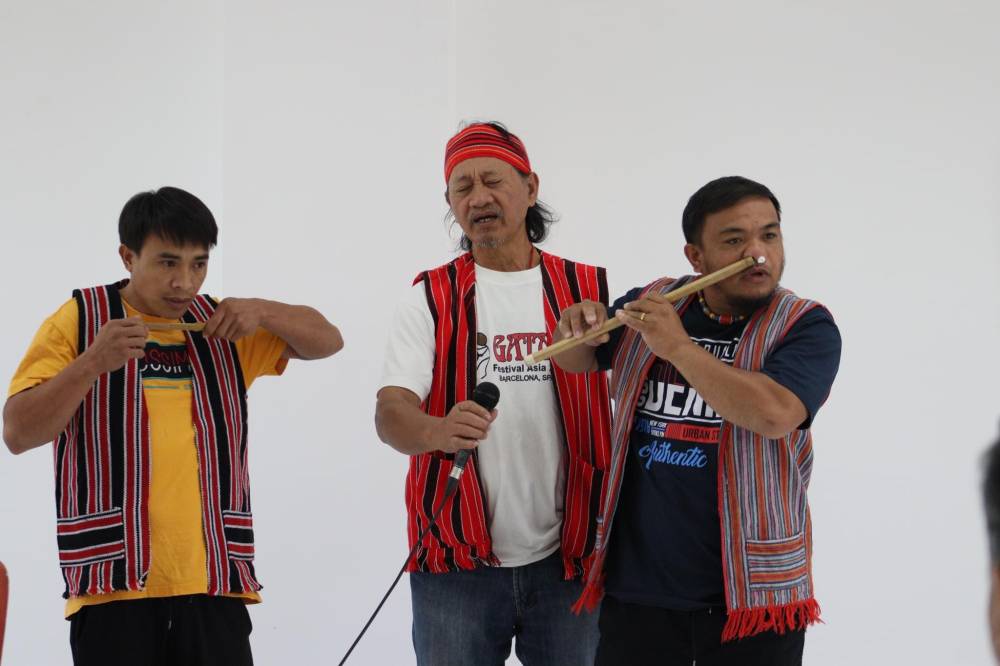
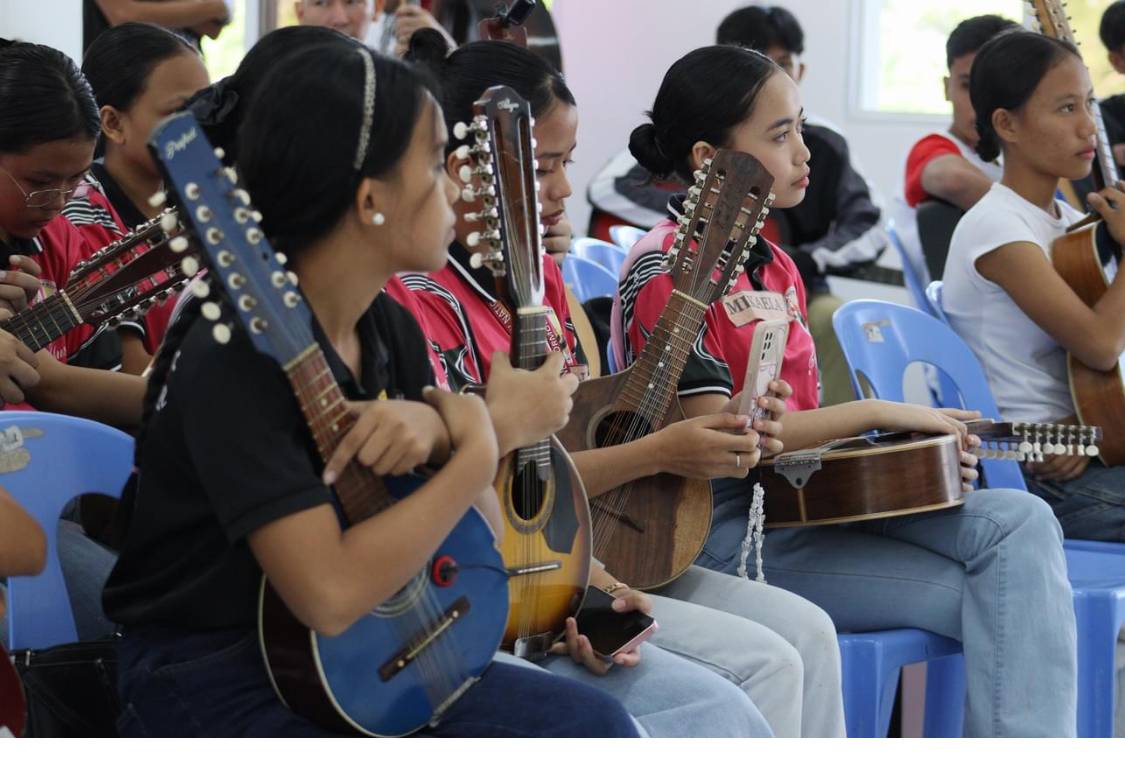
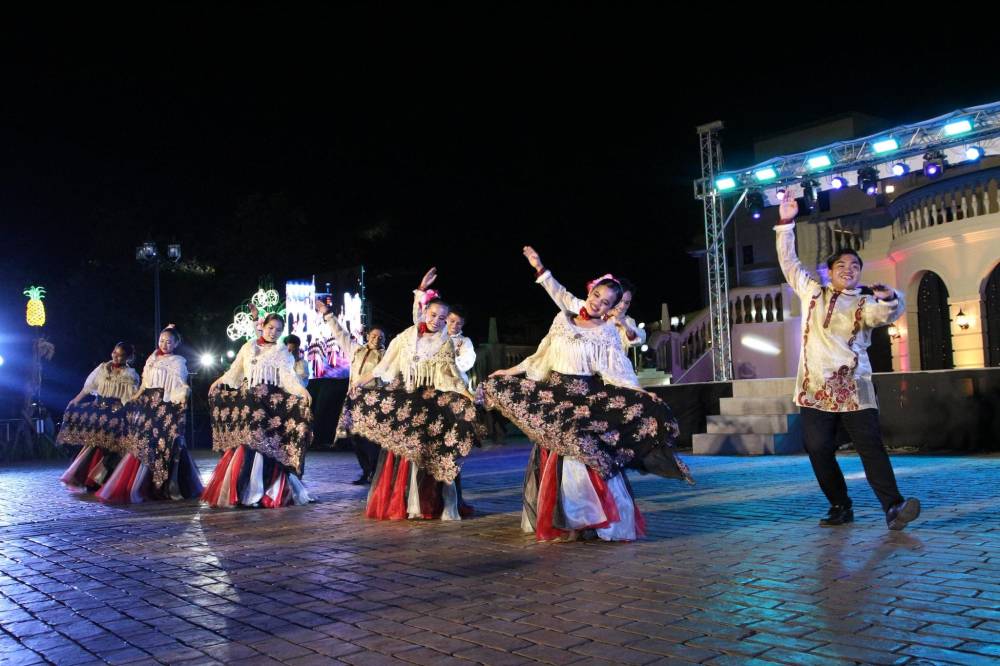
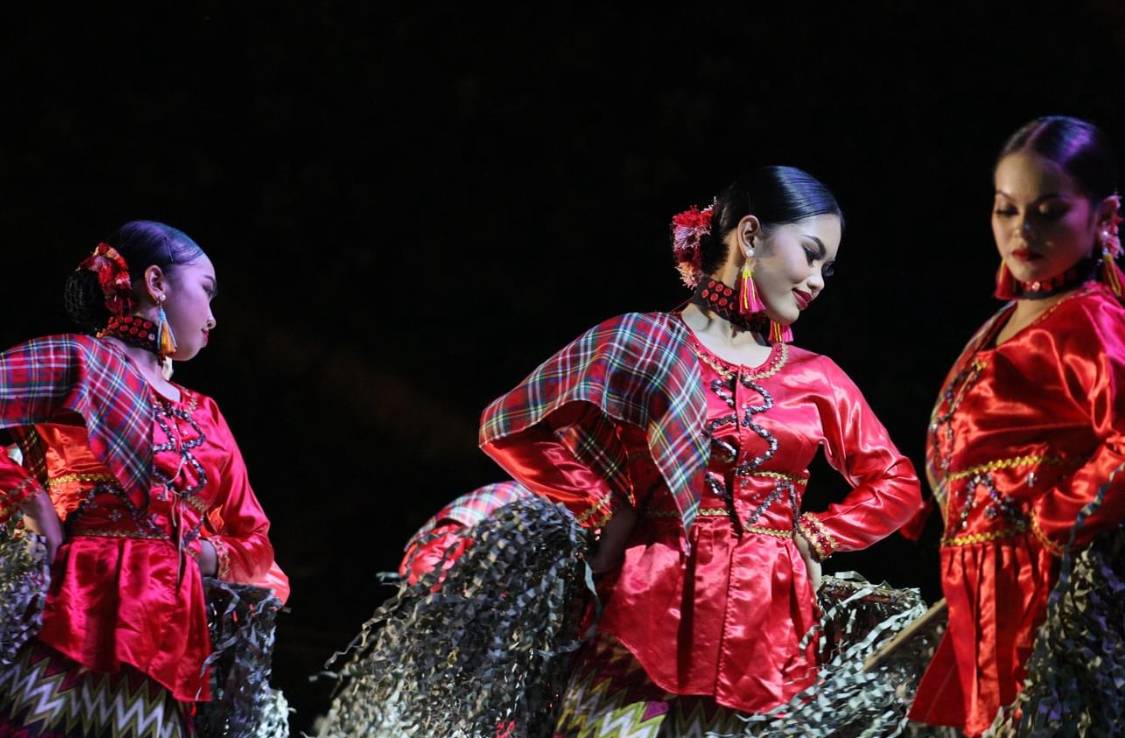
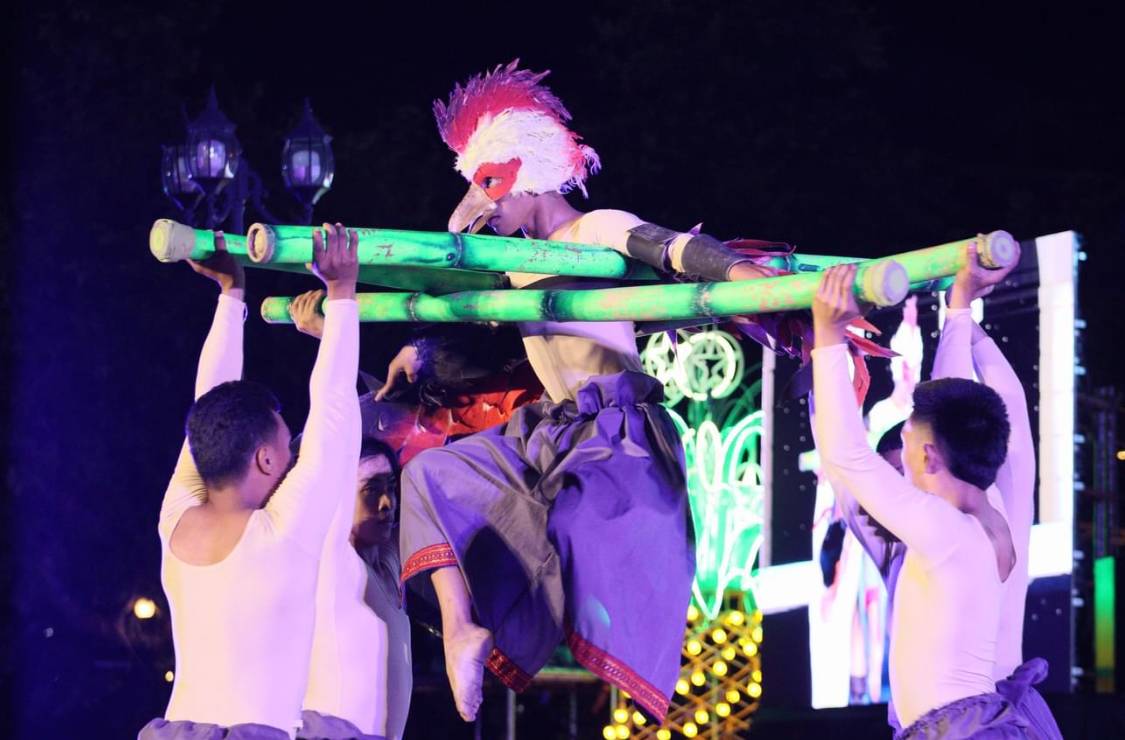
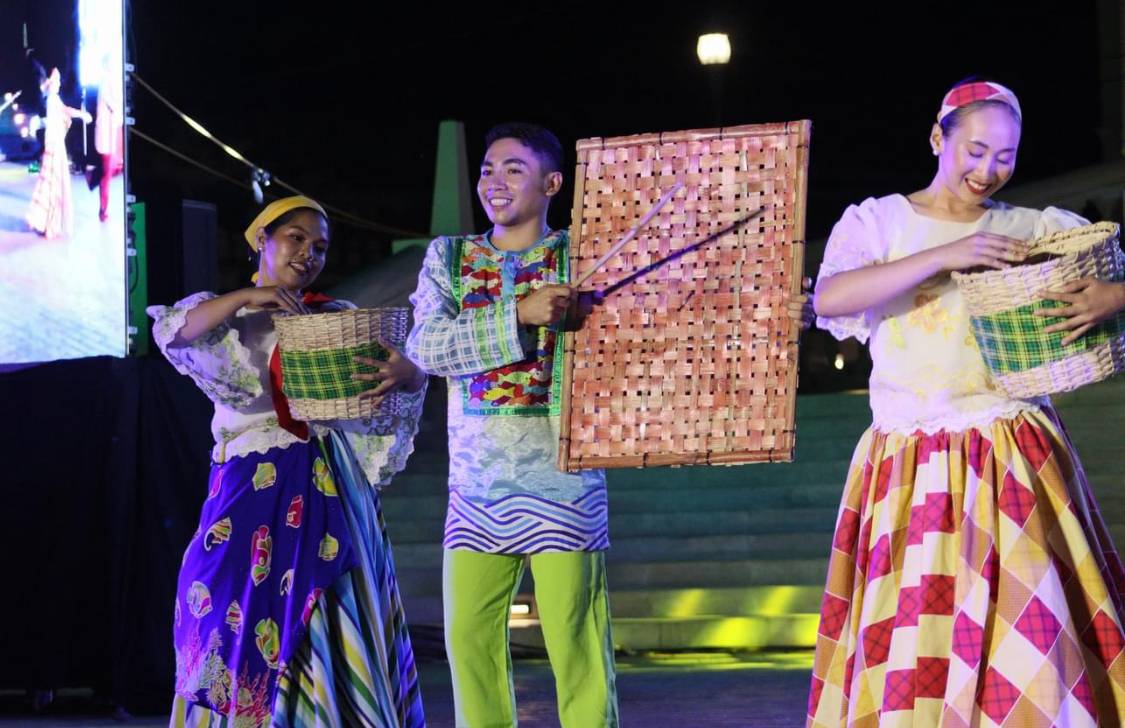
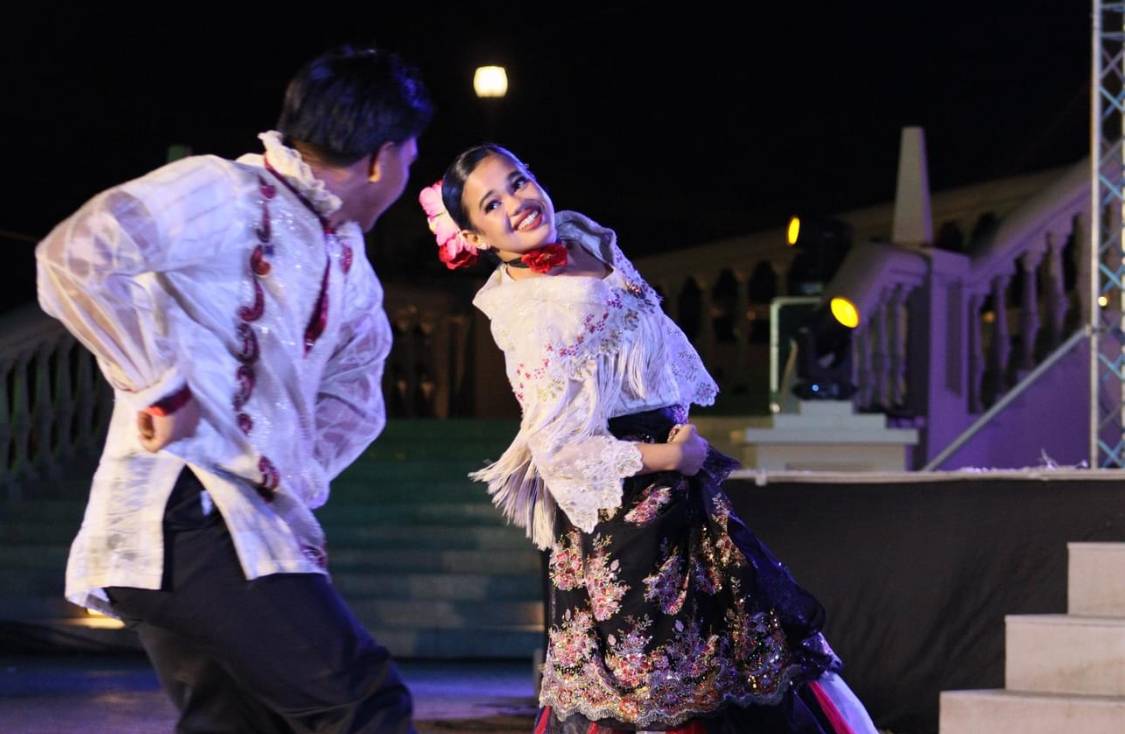
Gallery photos from Ormoc City Tourism Facebook page

